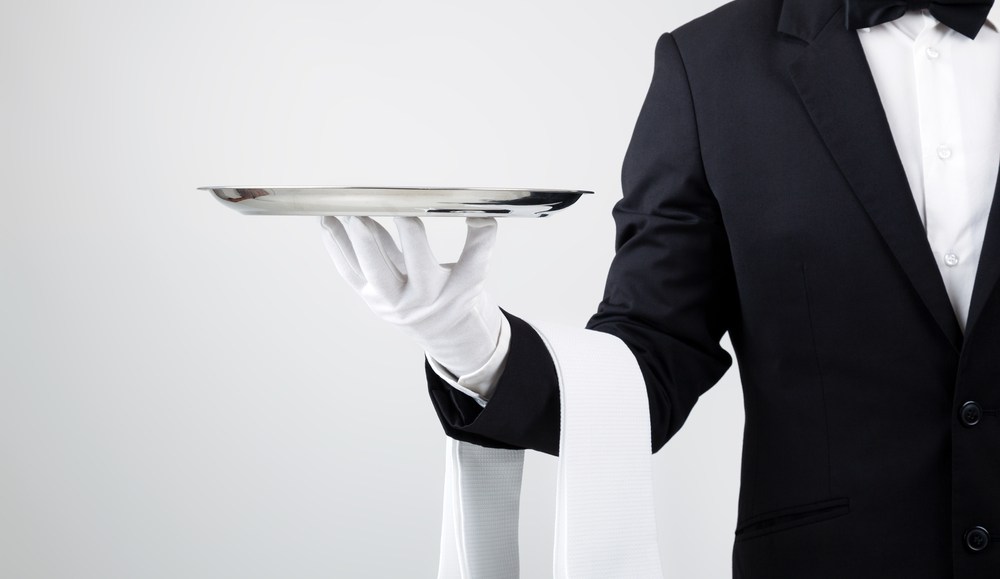Op-ed: How marketers can stay relevant in an instant-gratification world

David-Michel Davies is executive director of The Webby Awards.
When I saw the news last month about Amazon’s plans to pilot a new delivery service in New York City that promises products to customers in an hour or less, I can’t say that I was surprised. Whether it’s Spoonrocket (on-demand lunch in 10 minutes) PostMates (any product from any store in an hour) or Spotify (almost any song ever recorded, for free), a new breed of companies are bringing the advantage of technology and rich data to a broad, Internet-savvy consumer base to create a magical fantasyland of convenience and service.
These companies are so beloved by both consumers and our industry that they have come to define what’s next in marketing and what consumers want. The challenge for marketers, especially those not destined to become the next Uber or Washio, is how to stay relevant in a world where consumer expectations and tastes are defined by this new world of “at your service.”
Should Adidas deliver sneakers directly to the gym? Should Colgate offer on-demand toothbrushes? These would make great marketing campaigns, but the answer is probably much simpler. Marketers need to approach their mission in the same way Uber and its ilk do: by marrying great technology and data with seamless experiences. Our latest research, conducted with Harris Poll, shows that mobile and Internet services are defining consumer expectations in four distinct ways.
Instant gratification
You can order a car, almost anything from any establishment, or even an on-demand doctor, instantly to your doorstep with the push of a button. And now, 88 percent of Americans expect to be able to schedule a service whenever they need it.
Decision-free lifestyle
Consumers love it when services make (good) decisions for them, and 66 percent now expect a service to learn their tastes and make suggestions for them. Pandora’s Music Genome Project, for example, is an algorithm that determines what songs users want to hear based on their individual interests. It takes the guesswork out of music listening for its customers. Plated is another example, where users are encouraged to set their personal dietary preferences and designate the days they want deliveries. The app serves up tailored gourmet recipes and ingredients on schedule to their doorsteps.
Transparency and predictability
Near-perfect information about everything online has led customers to expect to know, ahead of time, everything about what they will buy and whether they will like it, with 85 percent expecting customer reviews to be provided publicly.
Seamless experiences
Apple has taught us to want it all, and for it to just work. In fact, 80 percent of Americans expect payments and checkouts to be handled automatically and 85 percent expect free shipping and returns when shopping online. Not surprising in a world of Amazon Prime Now (where just plain Amazon Prime clearly wasn’t good enough).
Future-thinking traditional brands already understand these expectations and are hard at work using technology and data to respond more quickly to their customers, help them make better decisions about what to buy, provide them clearer expectations, all the while thinking about how to make their interactions simpler, delightful and seamless.
Johnson & Johnson has one of the most popular and highly rated workout apps (7-Minute Workout) in the iTunes store, promoting their commitment to wellness while helping consumers make decisions about what fitness program to follow. Nike, a pioneer in understanding how service and technology offerings can complement their core products, now offers on-demand personalization of sports jerseys in stores around the world (I had my son’s name put on a World Cup jersey in five minutes while in a Paris store).
The list goes on. There has never been a better time in the history of the world for marketers to deliver magical experiences to their customers. As an industry and profession, we are in some ways the victim of our success: consumers not only love this new fantasyland of convenience, they now feel entitled to it. Which means the challenge is enormous.
But the opportunity is what drives us forward. Those magical moments are no longer just something we dream about, and hope, someday, to be able to execute. Thanks to great data, incredible technology and a pretty sophisticated consumer, they are moments that are there for the making. And isn’t that, as marketers, all we’ve ever wanted?
More in Marketing

Zero-click search is changing how small brands show up online — and spend
To appease the AI powers that be, brands are prioritizing things like blogs, brand content and landing pages.

More creators, less money: Creator economy expansion leaves mid-tier creators behind
As brands get pickier and budgets tighten, mid-tier creators are finding fewer deals in the booming influencer economy.

‘Still not a top tier ad platform’: Advertisers on Linda Yaccarino’s departure as CEO of X
Linda Yaccarino — the CEO who was never really in charge.





